Free, determined and with a strong personality, Elizabeth (Lee) Miller (Poughkeepsie, New York, 1907 - Chiddingly, 1977) is one of the greatest photographers of the twentieth century, recently rediscovered by the general public through exhibitions and books dedicated to her. The story of her life is indeed worthy of being told because of how eventful it was, full of changes and episodes that marked her deeply and made her one of the most emancipated and modern women of her time.
Suffice it to say that after becoming a freelance photographer for Vogue, she chose to work from the early 1940s as an accredited correspondent for the U.S. Army, making uncensored war reports. In fact, she was the only woman photographer to document the liberation of the Dachau and Buchenwald concentration camps by the Allies, witnessing the tragic vision that presented itself to her in those places: bodies piled up and horror everywhere.
Her most famous shot, which became iconic after its publication in 1945, is from that period: in the days of liberation, the 179th Regiment, 45th Division of the U.S. Army had discovered one of Hitler’s apartments in Munich, in a large building in the city center at Prinzregentenstrasse 16. Lee, together with photographer David E. Scherman, had the opportunity to enter it first: everything was in perfect order, with fine crystal, porcelain and silver on which were engraved the initials A.H. accompanied by the Nazi cross. Immediately the two of them rushed into the bathroom: here, too, everything was clean and well-ordered. As soon as he saw that there was a bathtub, Lee felt the need to wash off the Dachau dirt, so he filled it with hot water and plunged into it, entrusting the shot to his colleague. But first he untied his boots soiled with the Dachau mud and left them on the mat, as white as the towels, placed in front of the tub, which thus went from immaculate to soiled with black stains; next to it he left his uniform on a stool and his watch on top of it. On the edge of the bathtub, leaning against the wall, he arranged a small picture with a portrait of the dictator, and finally on a small table in front of the sink he placed a statue depicting a Venus in the bath. It was under these circumstances that her very famous photograph was born, depicting her in the Führer’s bathtub: a shot with attention to detail and symmetry. Lee in the center, Hitler on the left, the antique Venus statuette on the right; the woman raises her elbow to imitate the latter’s pose. Then it was Scherman’s turn, and he too had the photographer portray him in that tub. The idea of portraying himself in that place and in that pose had been Lee Miller’s, and the Rolleiflex with which the picture was taken was also his: David Scherman had done nothing more than press the button.
 |
| Lee Miller, Self portrait with headband, New York, USA, 1932. © Lee Miller Archives |
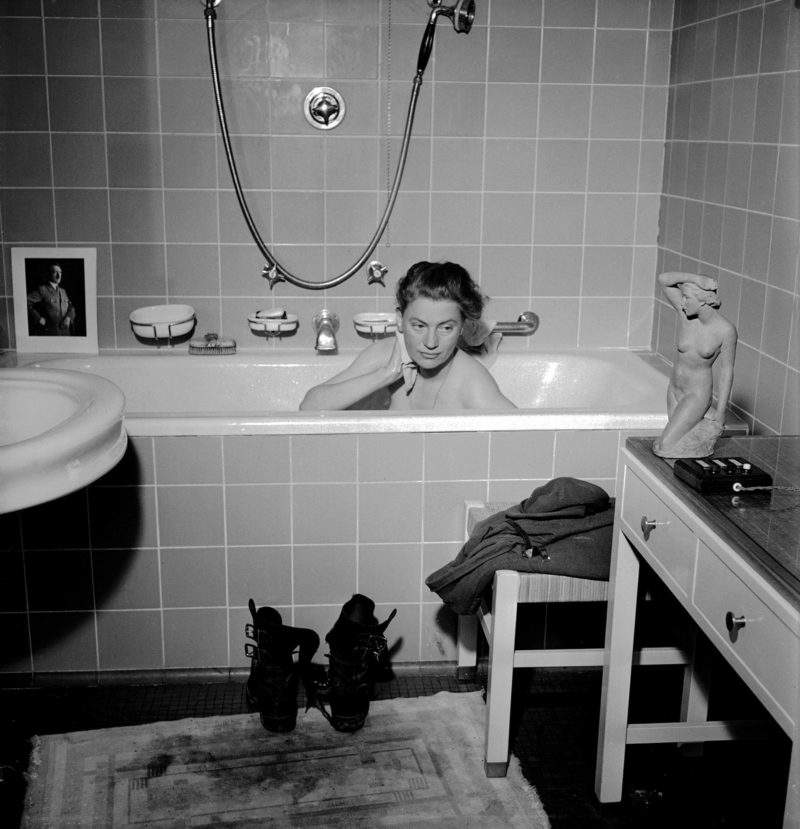 |
| Lee Miller with David E. Scherman, Lee Miller in Hitler’s bathtub, Hitler’s apartment, Munich, Germany, 1945. © Lee Miller Archives |
 |
| Lee Miller, Fire Masks, London, United Kingdom, 1941. © Lee Miller Archives |
Indeed, hers was a brilliant mind, constantly seeking new experiences, new experimentation, to be able to create and dare in any field, in line with the Surrealist movement to which she was very close thanks to her master, Man Ray (Philadelphia, 1890 - Paris, 1976). Charming and beautiful, she nevertheless always preferred to demonstrate what she could do and devise as an autonomous artist rather than to appear. Her self-centeredness and stubbornness led her to never compromise, even though those close to her would do anything for her and suffered for it. She never really confided in anyone, she had a very complex personality and it was not at all easy to be around her, but in spite of everything she strongly attracted people, who were subjected to all her charms. She separated her different affections and lives into watertight compartments and this made her a woman with a complex personality, but even with her flaws and excesses it was impossible not to love her.
Sentimentally, she felt free to follow her heart and passion: she became attached to Man Ray, among the most multifaceted and significant artists of that era and the most important Surrealist photographer. Lee became first his assistant, then his muse and lover. Through him she got to know the entire circle of Surrealist artists and became friends with Pablo Picasso, Jean Cocteau, Joan Miró, and the extraordinary Surrealist painter couple Leonora Carrington and Max Ernst. Many of her surrealist photographs (many of which were recently exhibited in a major exhibition at the Museum für Gestaltung in Zurich held from October 2020 to January 2021), such as Nude bent forward or Tanja Ramm under a bell jar, have been unfairly attributed to Man Ray, so close was her style to that of her master, but in fact her shots were the product of her own mind and creative maturity: he was inspired by him but tried to bring his compositions and portraits to life independently. In addition to her enduring bond with Man Ray, she married twice: first to wealthy Egyptian businessman Aziz Eloui Bey, and second to surrealist photographer Roland Penrose, with whom she traveled through Europe.
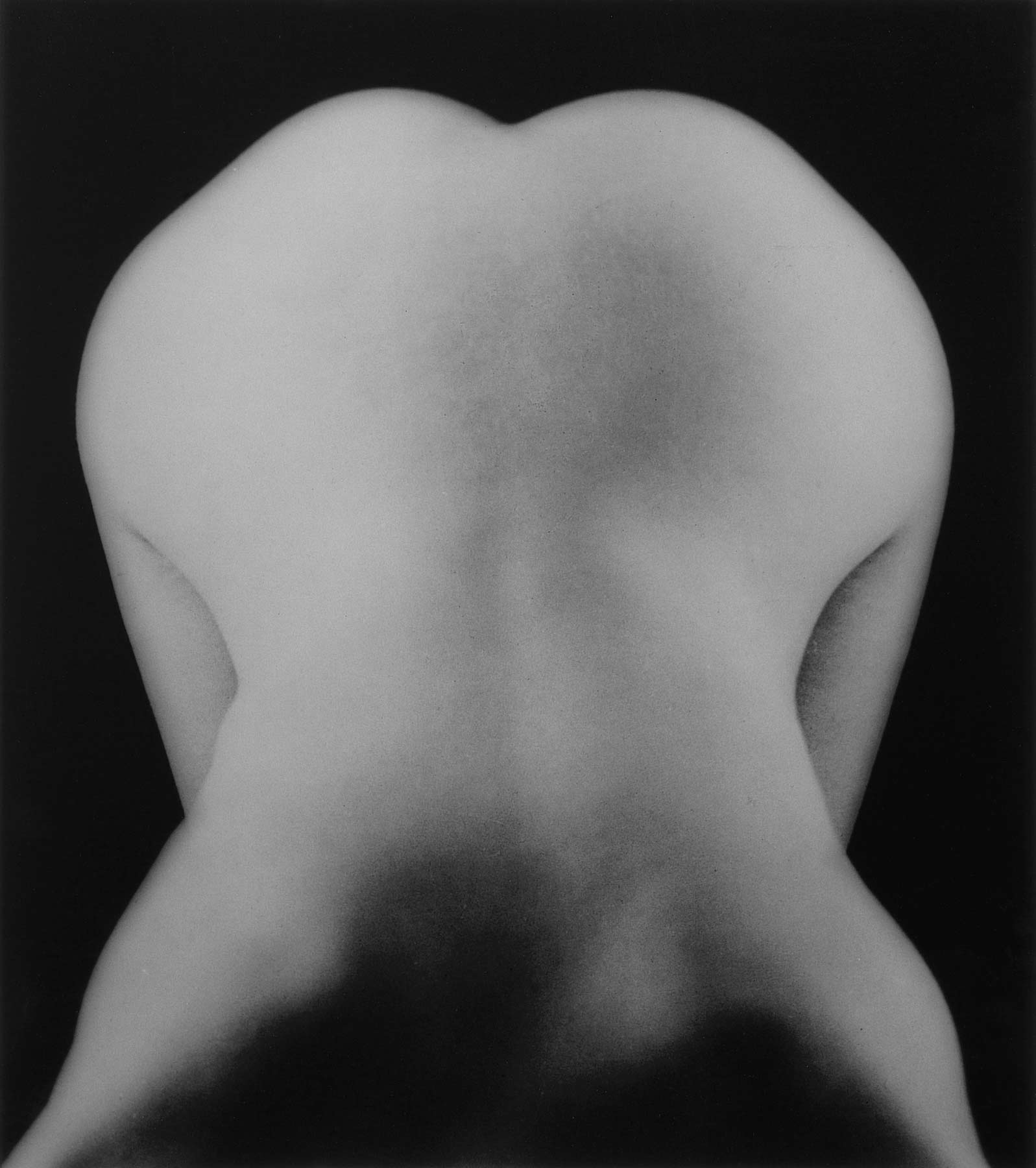 |
| Lee Miller, Nude bent forward (possibly Noma Rathner), Paris, France, 1930 © Lee Miller Archives |
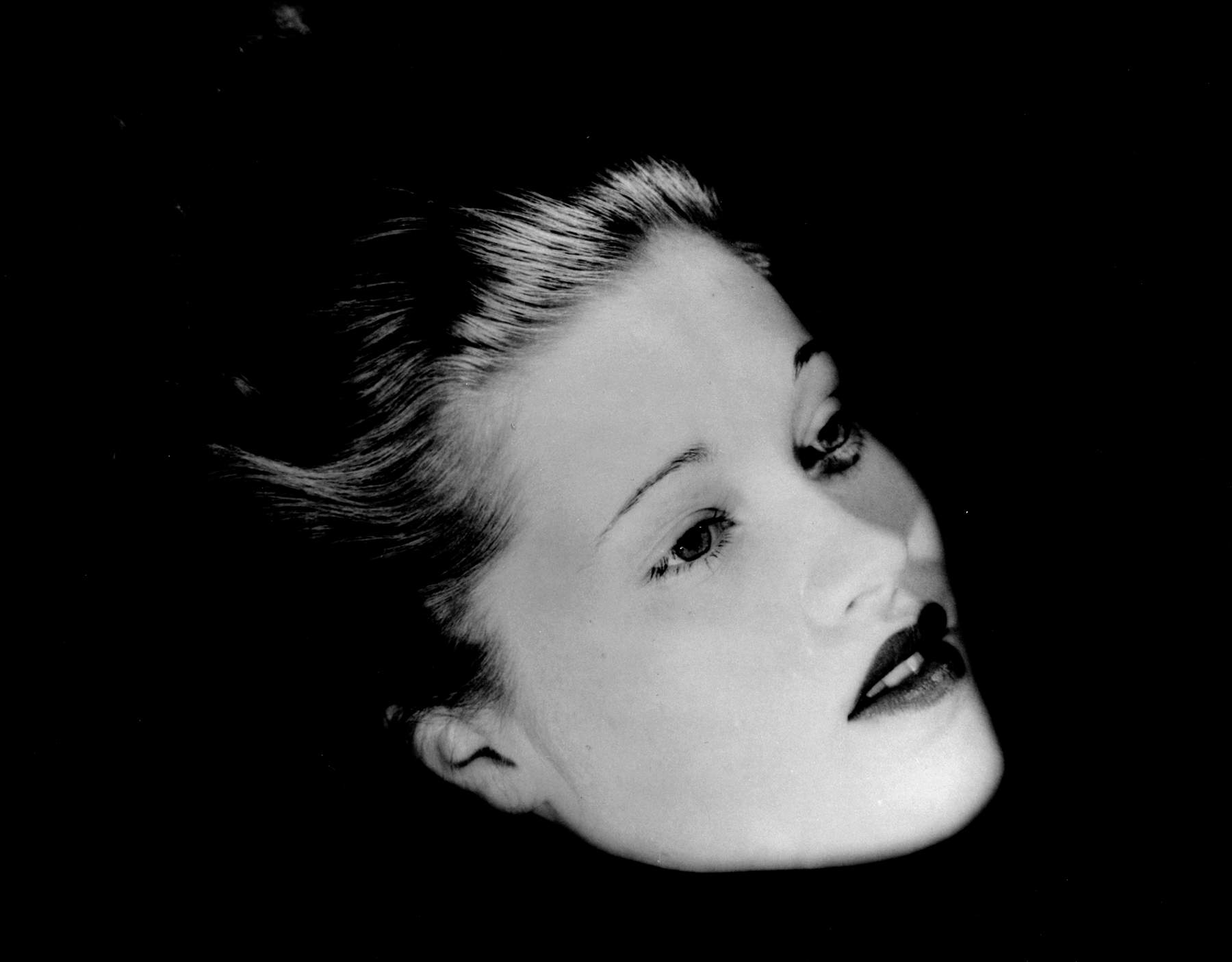 |
| Lee Miller, Floating head, Mary Taylor, New York, USA, 1933. © Lee Miller Archives |
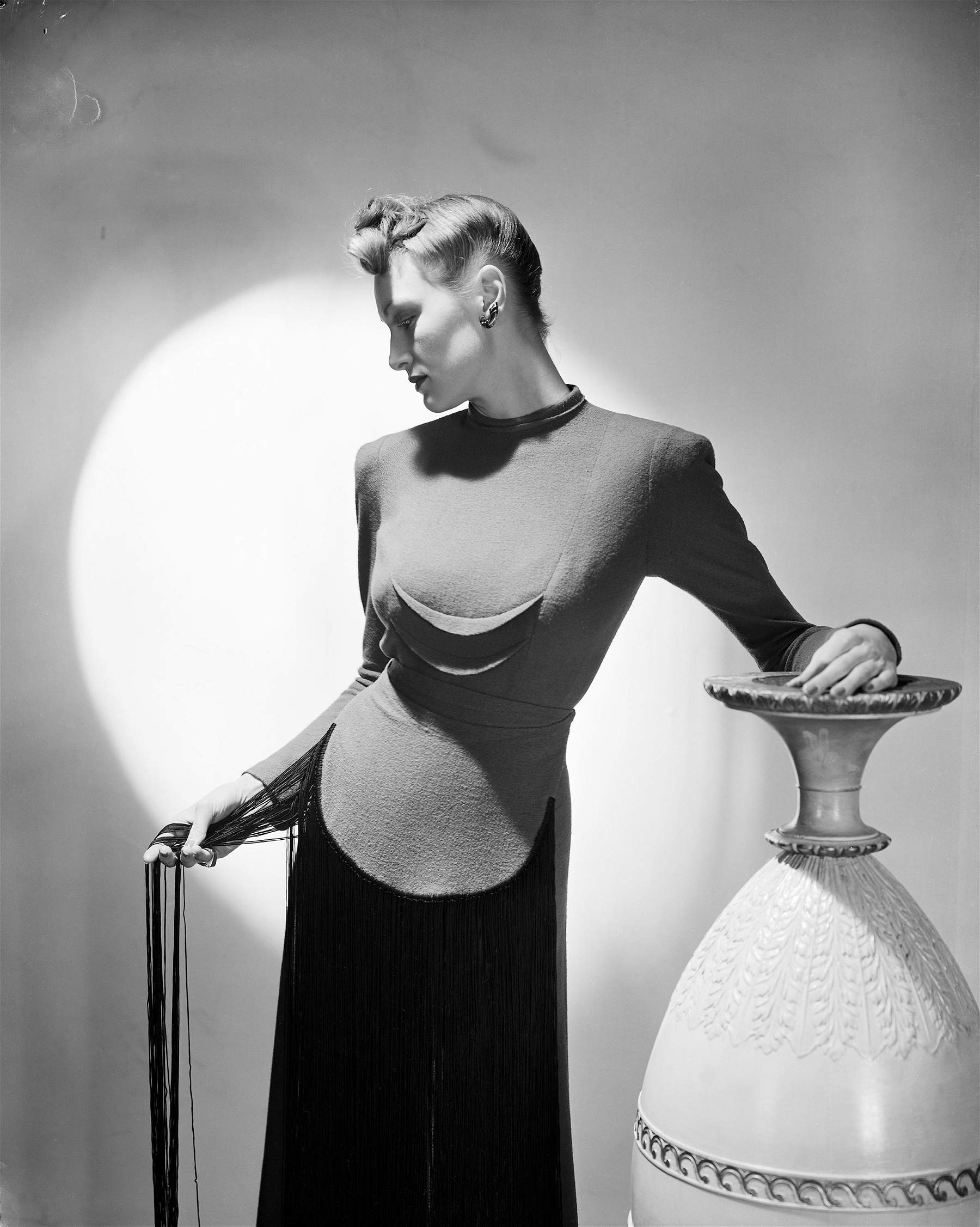 |
| Lee Miller, The Lead evening dress, London, UK, 1941. © Lee Miller Archives |
Born in Poughkeepsie in New York State, Lee Miller posed as a child behind the lens of her father, an amateur photographer, and began working as a model from the age of nineteen, thus entering the world of fashion. For Vogue magazine she posed for some of the most significant photographers of the time, such as Edward Steichen, George Hoyningen-Huene, or Arnold Genthe. Indeed, fashion accompanied her for a long time in her existence, first as a model and then as a fashion photographer for major magazines. In 1929, determined to move to the other side of the lens, she moved to Paris, where she got to know Man Ray and began working for him, kicking off, as mentioned above, their long association. Three years later she decided to return to New York to open her own photography studio, which, however, although very successful, she closed after two years to move to Cairo with the wealthy Egyptian businessman Aziz Eloui Bey whom she had just married. In Egypt she became fascinated by the long trips to the desert, during which she took photographs of villages and ruins in those landscapes. In 1937, on a trip to Paris, she met the surrealist Roland Penrose and left her first husband for him. Before the outbreak of World War II, in 1939 Lee moved from Egypt to London with Penrose and, disregarding orders from the U.S. Embassy on her way home, began working for Vogue as a freelance photographer. Tired of the glossy world of fashion, she decided in 1944 to become an accredited correspondent for the U.S. Army to shoot war reportage with Time and Life magazine photographer David E. Scherman.
She followed the Allies on D-Day, followed the troops to the front and documented with her shots the siege of St. Malo, the liberation of Paris, the wars in Luxembourg and Alsace, but above all she got to witness the liberation of the Dachau and Buchenwald concentration camps and to go as the first photojournalist together with her colleague David Scherman to Hitler’s apartment in Munich, where she made the aforementioned photo in the Führer’s bathtub. After the war, which caused her psychological trauma from how many horrors she had seen at the front and in the concentration camps, she continued working for Vogue for two more years, but returned to the world of fashion and celebrities. She began from here to slowly withdraw from the art scene: in 1947 she married Roland Penrose and contributed to biographies written by the latter on Pablo Picasso, Joan Miró, Man Ray, and Antoni Tàpies. She later reinvented herself as a chef: her last working lives were spent organizing cooking events and writing highly original recipes. He disappeared in Chiddingly, East Sussex, in 1977, at the age of 70. And his life and his shots will remain eternally in the great history of photography.
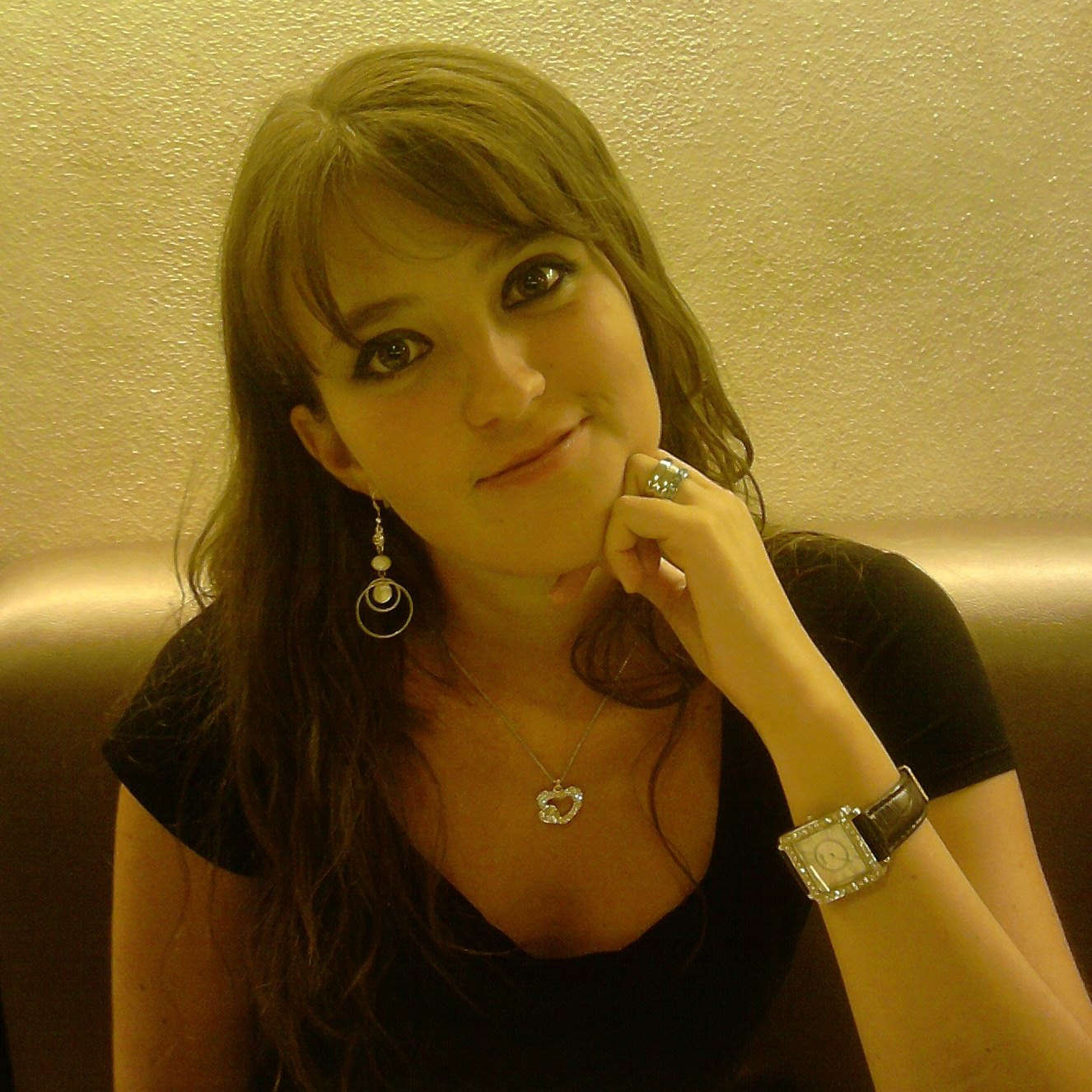
The author of this article: Ilaria Baratta
Giornalista, è co-fondatrice di Finestre sull'Arte con Federico Giannini. È nata a Carrara nel 1987 e si è laureata a Pisa. È responsabile della redazione di Finestre sull'Arte.
Warning: the translation into English of the original Italian article was created using automatic tools. We undertake to review all articles, but we do not guarantee the total absence of inaccuracies in the translation due to the program. You can find the original by clicking on the ITA button. If you find any mistake,please contact us.